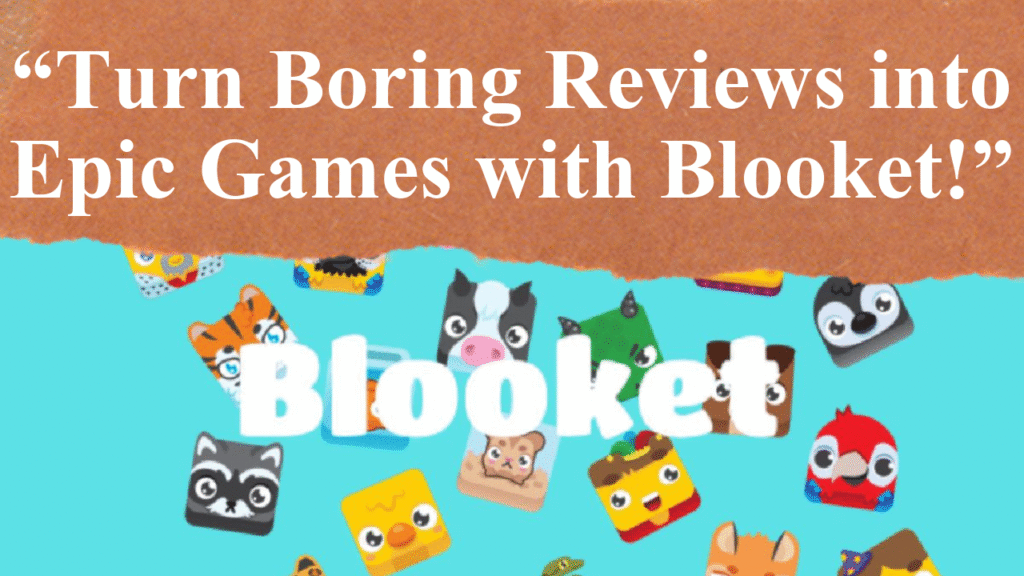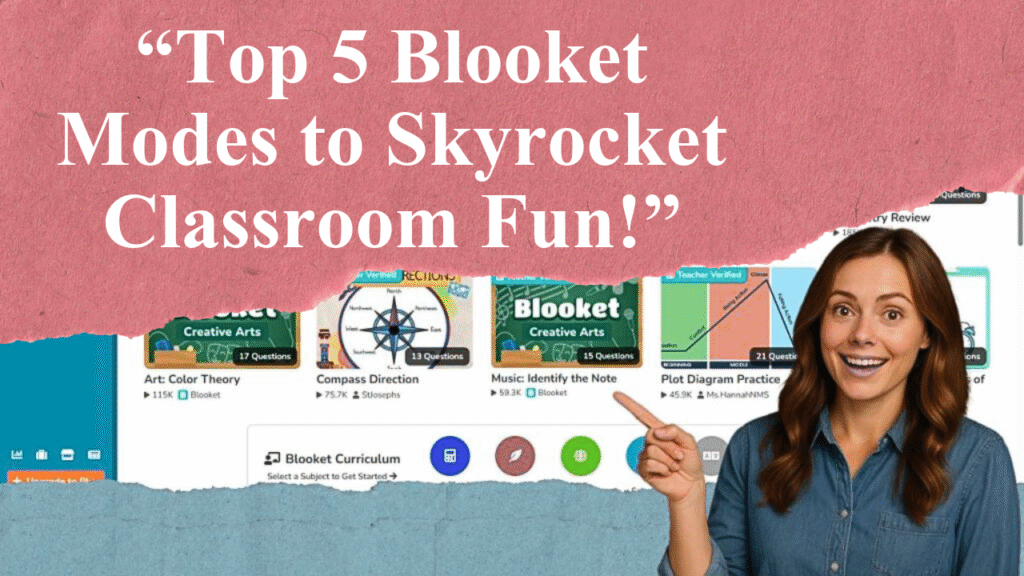“Blooket transforms test prep into an engaging, game-based experience. This article explores how teachers can use Blooket’s customizable quizzes, diverse game modes, and analytics to boost student performance on standardized tests. Learn practical strategies for creating effective question sets, fostering collaboration, and tracking progress to ensure students are well-prepared.”
Using Blooket to Enhance Standardized Test Preparation
Blooket, a gamified learning platform, has emerged as a powerful tool for educators seeking to make standardized test preparation engaging and effective. By blending interactive quizzes with game-based mechanics, Blooket motivates students to review content actively while providing teachers with valuable insights into their progress. Here’s how educators can leverage Blooket to prepare students for standardized tests across various subjects.
Creating Targeted Question Sets
To align Blooket with standardized test preparation, teachers should create or select question sets that mirror the format and content of the target exam. For example, for math tests like the SAT or ACT, create sets focusing on algebra, geometry, or data analysis, incorporating word problems and multiple-choice questions similar to those on the test. Blooket allows teachers to craft custom question sets from scratch or import existing sets from platforms like Quizlet, saving time. Alternatively, the platform’s “Discover” database offers pre-made sets covering subjects like English, science, and social studies, which can be tailored to match test standards. For instance, a teacher preparing students for the NYS ELA State Exam can use Blooket sets compiled by other educators, as noted in resources from Teachers Pay Teachers, to target specific reading comprehension or vocabulary skills.
Selecting Appropriate Game Modes
Blooket’s variety of game modes, such as Tower Defense, Gold Quest, and Café, adds excitement to test prep. However, not all modes are equally effective for serious review. Modes like Classic or Homework are ideal for standardized test prep, as they emphasize answering questions correctly rather than speed or luck-based mechanics like stealing points, which some educators criticize for distracting from learning. For example, a Reddit discussion highlighted that Classic mode allows teachers to pause and discuss correct answers, fostering deeper understanding. To maximize learning, teachers can disable power-ups or random point multipliers to focus on content mastery. For younger students or those needing less competitive environments, solo modes like Homework can reinforce concepts without the pressure of leaderboards.
Integrating Blooket into Classroom Routines
Blooket can be seamlessly integrated into daily classroom activities to maintain consistent test prep. Use it for warm-up activities to review prior material, as suggested by Student Centered World, to activate students’ prior knowledge before introducing new concepts. For instance, a 5–10 minute Blooket quiz on fractions can prepare students for a math lesson aligned with standardized test objectives. Blooket also serves as an effective formative assessment tool. Teachers can create short “exit ticket” quizzes to gauge understanding after a lesson, helping identify areas where students need additional support. For remote or hybrid learning, assigning Blooket games as homework allows students to practice independently, with analytics tracking their performance for teacher review.
Fostering Collaboration and Critical Thinking
Blooket’s multiplayer modes encourage teamwork, which can enhance test prep by promoting discussion and peer learning. Randomizing groups, as noted by Common Sense Education, levels the playing field and builds camaraderie, making it easier for students to collaborate on challenging topics. For example, in a social studies class preparing for AP exams, students can work in teams to answer questions on historical events, discussing rationales for correct answers. Teachers can also have students create their own Blooket sets, a strategy highlighted on Teachers Pay Teachers, to deepen understanding. This approach requires students to research and craft questions, reinforcing higher-order thinking skills critical for standardized tests.
Using Analytics to Track Progress
Blooket’s reporting features provide detailed data on student performance, including accuracy, time spent, and areas of difficulty. Teachers can use these insights to tailor interventions. For instance, if analytics show students struggling with vocabulary questions, a teacher might assign additional Blooket sets focused on SAT-level words, as seen in Missouri MAP vocabulary prep resources. Regular review of game results helps track progress over time, ensuring students are on track for test day. Blooket’s integration with Google Classroom further simplifies sharing games and monitoring results, streamlining the prep process.
Adapting for Different Subjects and Levels
Blooket’s versatility makes it suitable for preparing students across grade levels and subjects. For elementary students, use image-based questions or read-aloud features for accessibility, as suggested by TeachersFirst, to align with tests like state math assessments. For high school students, create sets with advanced content, such as physics or literature analysis, to match AP or IB exam formats. A study on ResearchGate found Blooket particularly effective for vocabulary mastery, with 156 ninth-grade students showing significant improvement in grammar skills after using the platform, suggesting its potential for language arts test prep. Teachers can also adjust question difficulty to scaffold learning, starting with basic concepts and progressing to complex problems.
Best Practices for Implementation
To ensure Blooket enhances test prep without becoming a distraction, teachers should set clear expectations. Discuss with students the importance of focusing on learning rather than just winning, especially in competitive modes. For younger students, teachers must guide them to skip account creation prompts to comply with privacy laws, as Blooket’s terms restrict accounts for those under 13. Additionally, regularly updating question sets keeps content fresh and aligned with curriculum standards, preventing student boredom, as noted in comparisons with Kahoot on Common Ground. Hosting live games with teacher supervision, as recommended by a teacher on Common Sense Education, ensures meaningful engagement and immediate feedback.
Disclaimer: This article is based on educational resources, teacher reviews, and recent studies available on the web as of July 2025. Always verify Blooket’s privacy policies and align content with your specific standardized test requirements. Consult official test guidelines for accurate preparation strategies.




